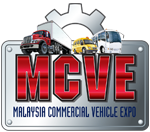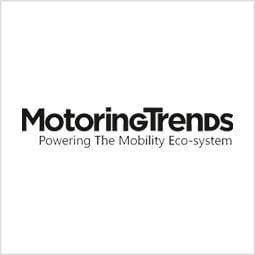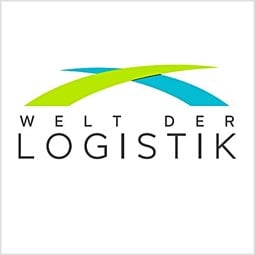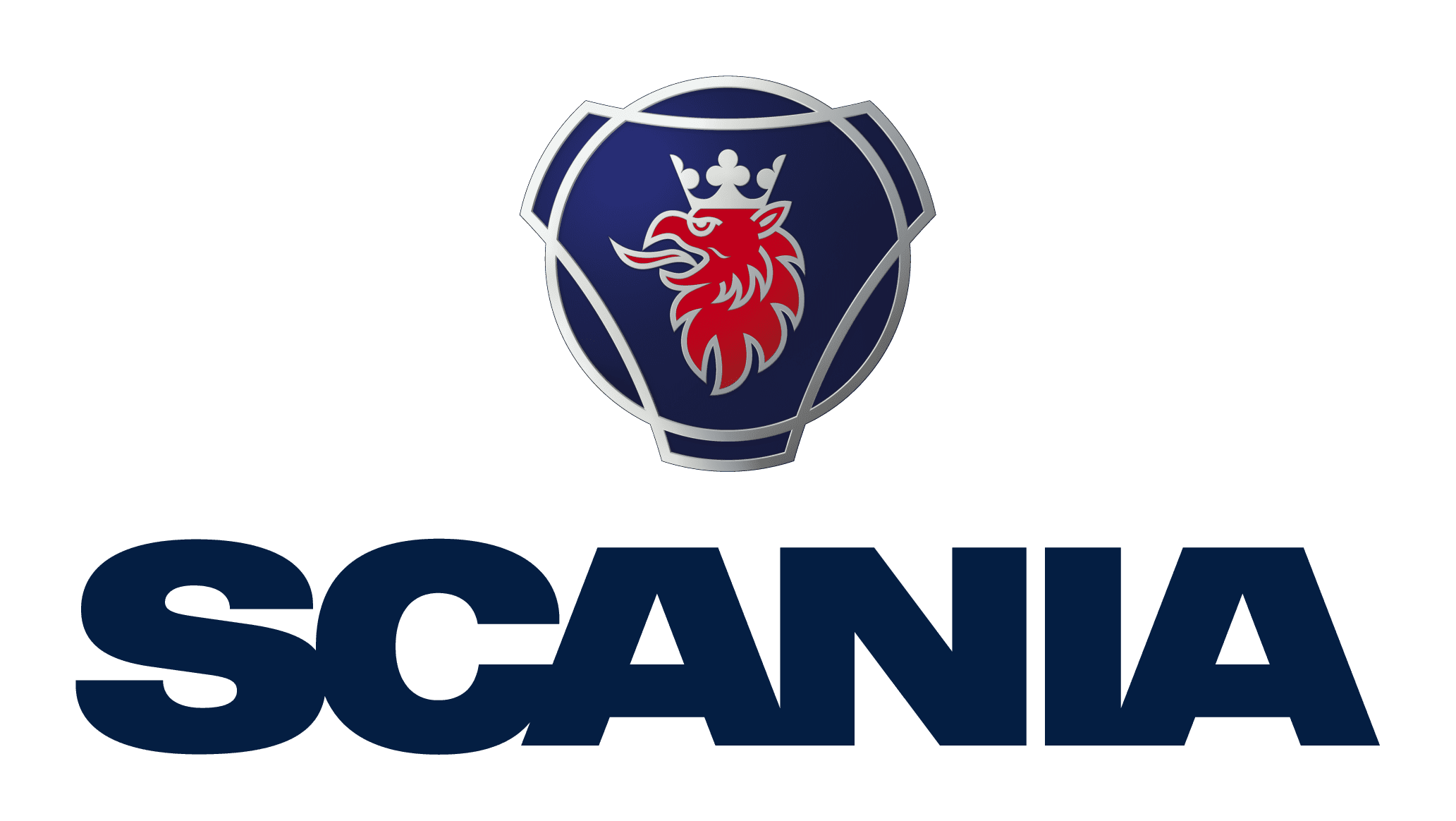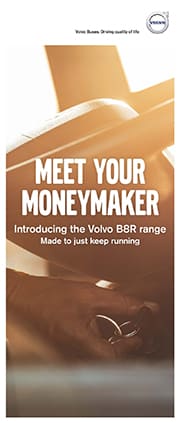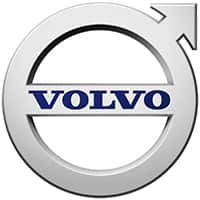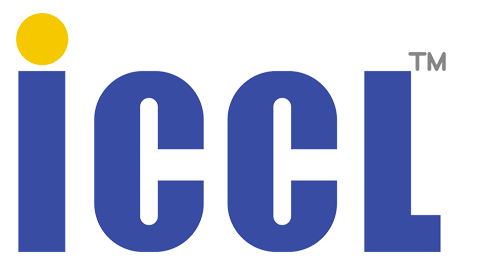SE Asia a Hotbed of Transport Innovation
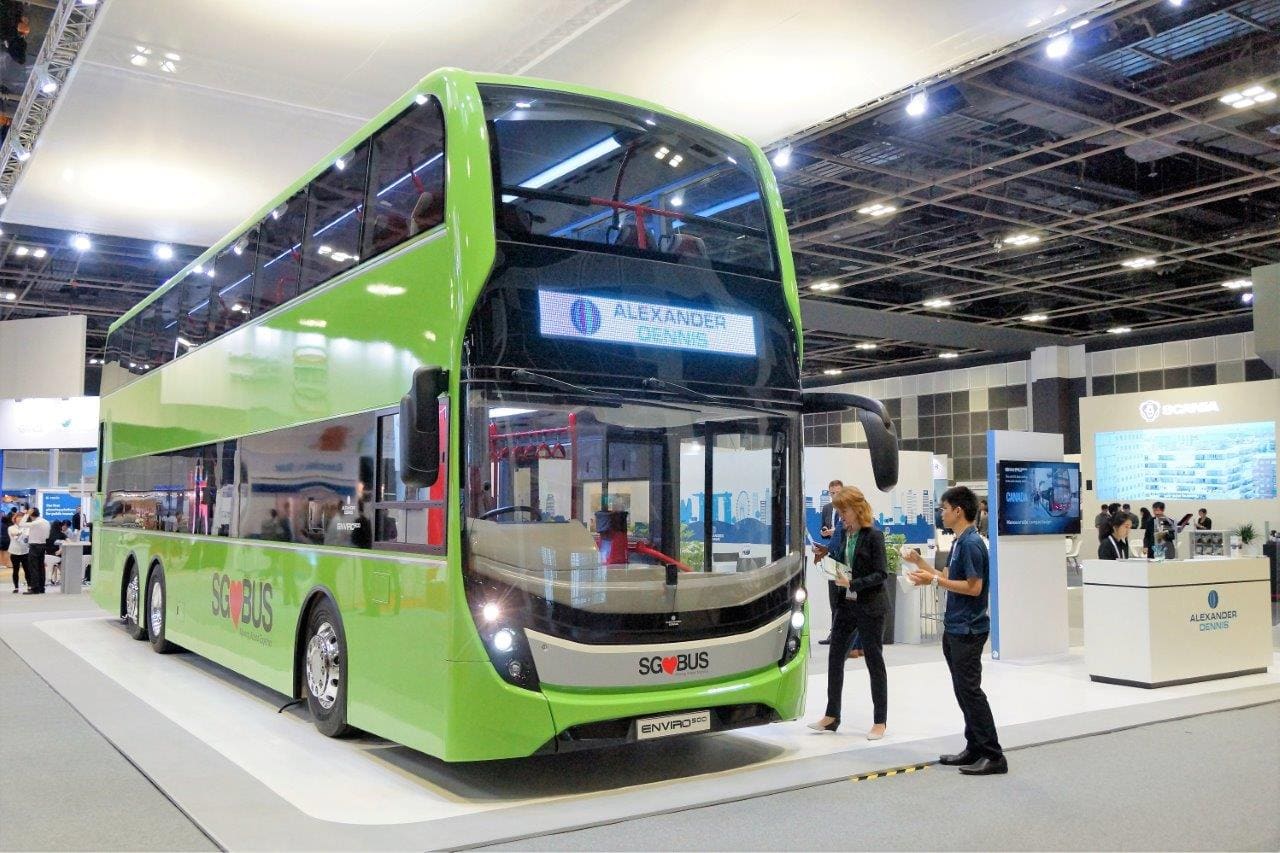 Themed ‘Innovating Transport for Liveable Cities’, SITCE 2016 provided a platform for professionals and stakeholders to exchange ideas that could help provide solutions for well-connected and reliable urban transport systems in Asia-Pacific’s increasingly crowded and congested cities.
Themed ‘Innovating Transport for Liveable Cities’, SITCE 2016 provided a platform for professionals and stakeholders to exchange ideas that could help provide solutions for well-connected and reliable urban transport systems in Asia-Pacific’s increasingly crowded and congested cities.
The Singapore International Transport Congress and Exhibition (SITCE) once again hosted prominent urban land transport professionals and international experts after a successful inaugural edition in 2013.
Unprecedented Growth
Jointly organised by the Land Transport Authority (LTA), the International Association of Public Transport (UITP) and MSI Global Pte Ltd, SITCE 2016 attracted more than 3,000 participants from 46 countries.
“Asia is currently home to 17 megacities, which is expected to grow to an unprecedented 22 by 2030, creating challenges to improve mobility in densely populated cities,” explained International Association of Public Transport (UITP) Secretary General, Alain Flausch. “In Asian cities, rapid urbanisation and rising incomes are leading to a doubling of motor fleets every five to seven years. In Bangkok, for instance, the cost of traffic congestion is about 6% of GDP. Road crashes cost Asia Developing Bank’s developing member countries USD$96bn annually. Enhancing public transport is therefore crucial to improve mobility in urban areas and SITCE 2016 will offer the ideal opportunity to explore the innovative solutions being put in place across the region.”
Walk, Cycle, Ride
At the opening session Mr Chew Men Leong, Chief Executive of LTA, outlined what Singapore is doing to ensure that the city continues on the path of providing reliable transportation networks for its citizens. Under its ‘Walk, Cycle, Ride’ programme it is encouraging people to safely and comfortably use all the transportation services that are available.
“Singapore will double the metro-lines to 360km by 2030. This includes a new 43km metro line by 2024, an additional three lines, several major extensions, 100 new trains and system upgrading of existing lines. The open tendering of bus services and 1,000 additional buses above the regular replacements is being implemented. A pioneering bike sharing service will soon be implemented as 700km of new cycling paths are being constructed.”
Mr Leong continued “More than just providing transportation infrastructure to meet commuter demand, we need to look at how transport systems can contribute to making cities better places to live, work and play, be it through improving commuter journey experiences, reliability or connectivity. As Singapore continues to push towards being a car-lite city, we hope Singapore will be a good showcase for delegates from around the world.”
Showcase for Urban Mobility
Secretary General, Alain Flausch praised Singapore, calling it “A world reference in public transportation. It is very impressive that Singapore is committed to building 1km of rail per month for the next 15 years. This region is becoming a showcase for urban mobility.” The Secretary General noted that there were challenges to implementing all the changes that need to be made. “Instead of resisting these changes, we should embrace them. Candlemakers didn’t invent the lightbulb.
“Decades of efforts to develop public transport in the region are paying off,” he stated. “Supportive policies are being put in places like Malaysia; significant budgets are being allocated in places like China and urban development and mobility policies are increasingly aligned, such as in Japan. Now the challenge is the speedy implementation of major projects to meet ever-growing demand”.
The congress kicked off with an opening Keynote Speech by Sir Peter Hendy, chairman of Network Rail, UK. ‘Improving the Quality and Capacity of Public Transport: Challenges Strategies and Meeting Commuters Expectations’ was the title of his talk.
Transport for Economic Development
“We must always keep in mind what transport is for,” Mr Hendy stated. “It is for economic development. The firm objective is for city growth. Mass transit must be developed and maintained. It needs constant development and renewal,” he stated. “It must be accessible to all. Cars cause pollution and congestion. Building more roads doesn’t make for liveable cities.”
Parallel Sessions were held on a broad range of topics including The Next Level of Buses, Self-Driving Vehicle Technology for Urban Cities and Give Way to the Bus!
Andy Boulton, Customer Development and Technical Director, Alexander Dennis (Asia Pacific) Ltd explained that his company is the world’s largest double decker bus manufacturer with 100 years of experience. “Not all buses are the same,” he stated. “Bus design constraints come from local legal requirements, local transportation authority requirements and operator specifications. We might see new look buses on our streets such as three door, two stair buses. Passenger comfort is becoming more of a focus with the introduction of high quality leather seats and wifi on the bus.”
New Developments
SITCE 2016 had more than 150 local and international exhibitions featuring technologies, solutions and services for the urban transport community
On my way to Sitce I had my hands full and when I got on the bus it was awkward digging out my pass to pay my fare as I boarded. “One of these days,” I thought, “they will be able to read my pass without me taking it out of my wallet.” The day has arrived.
Manfred Retka, Trapeze Germany, Business Development Director told me how that will work. Trapeze has developed a scanner that can read your pass when you step on the bus. Through its numerous interfaces, the system controls peripheral devices such as passenger information displays. Electronic ticketing and boarding monitoring devices can also be integrated into the on-board computer, utilising the operating, display, and communications components of the system. The computer also records a large amount of data, which is available to the operator for further processing in downstream analysis systems.
On-board systems for buses is just part of the many services Trapeze offers. Integrated operations control systems, dynamic passenger information and the tracking of vehicles are some of the solutions they offer.
Asleep at the Wheel
SOFTWAREGuardian was at Sitce 2016 to promote its in-cab driver-facing sensor that uses advanced proprietary face and eye tracking algorithms that measure eyelid closure, blink rate and head position of the driver. The Guardian System consists of sophisticated driver facing sensors and a road facing camera.
The system uses highly intelligent infrared sensors to detect the drivers fatigue and distraction. The forward-facing camera features a wide-angle lens that captures footage of the road in the event of an incident to help mitigate liability. The in-cab sensor detects microsleeps and driver inattention, alerting the driver with an audio tone and vibrating seat if it appears he is falling asleep.
Scania in The Driver’s Seat
Sweden’s global truck manufacturer, Scania exhibited at SITCE and participated in the Congress. Scania says it is leading the shift globally towards sustainable urban transport solutions by focusing on its commitment to reduce the carbon footprint while meeting the demands of growing urban populations around the world.
Speaking at the Congress, Alexander Mastrovito, Scania’s Head of Sustainable Transport, noted that among key challenges with urban transport such as increasing congestion and improving connectivity, the urgent need to reduce dependency on fossil fuel remains at the heart of the transport industry. He added that it is possible to create industry driven demand for fuel alternatives because of the scale of need and strong buying power of urban transport organisations. Therefore, it stands to reason that suppliers will be financially driven with a dedicated supply to match.
He expanded on the benefits of switching to fuel alternatives and shared case-studies of TransJakarta’s gas buses in Indonesia, the recent delivery of 51 biodiesel-electric hybrid buses in Madrid and the first routes of electric buses with wireless charging already on the roads in Sweden.
“Scania aims to play a definitive role in the growth of renewable fuel use. We are a market leader in biofuel-adapted engines and we have one of the broadest range of alternative-fuel-ready Euro VI vehicles to offer public transport operators. It is a segment in which we see significant growth
potential and we are committed to helping create that shift towards more sustainable urban transport systems globally,” he said.
ZF Connects
ZF’s Managing Director for ASEAN and Taiwan, Mr Sheerhan Jeaudeen, spoke of the value to his company of having a booth at the exhibition: “We saw a number of new technologies introduced at SITCE 2016 and many of our OE partners and customers were present as well.
“The show is in line with ZF’s vision of being a technology leader in providing solutions for the future of transportation in Asia. We were delighted to share our latest technology, which was the AVE 130 electric bus axle, and telematics system called ZF Openmatics, which gathered a lot of interests from relevant parties. At the same time, it was good to touch base with customers in the region and we managed to do that at the show.”
Engineering Challenge
This year’s SITCE showcased 21 shortlisted projects and prototypes created by participants of the LTA Engineering Challenge for Sustainable Future Mobility. To encourage creativity and innovation among youth and engineering professionals, as well as to build up Singapore’s engineering talent pool, the Engineering Challenge was launched in November 2015 as a platform for interested participants to co-create projects that can help to create an attractive and robust land transport network. A total of 101 entries from primary and tertiary-education students, and engineering professionals were received since registration opened in January. The entries were submitted under the two challenge topics “Sustainable Transport” and “Future Mobility”.
A final round of judging was held on the last day of SITCE to determine the final award winners, who stand a chance to win the top cash prize of S$10,000.
Creative Solutions
What emerged from the three-day Congress was that the Asia Pacific region is a hotbed not only of innovation, but implementation of creative solutions when it comes to further increasing public transport’s energy efficiency; providing much-needed capacity boosts to bus and rail or concrete examples of ‘Mobility as a Service’ (MaaS) being rolled out.











